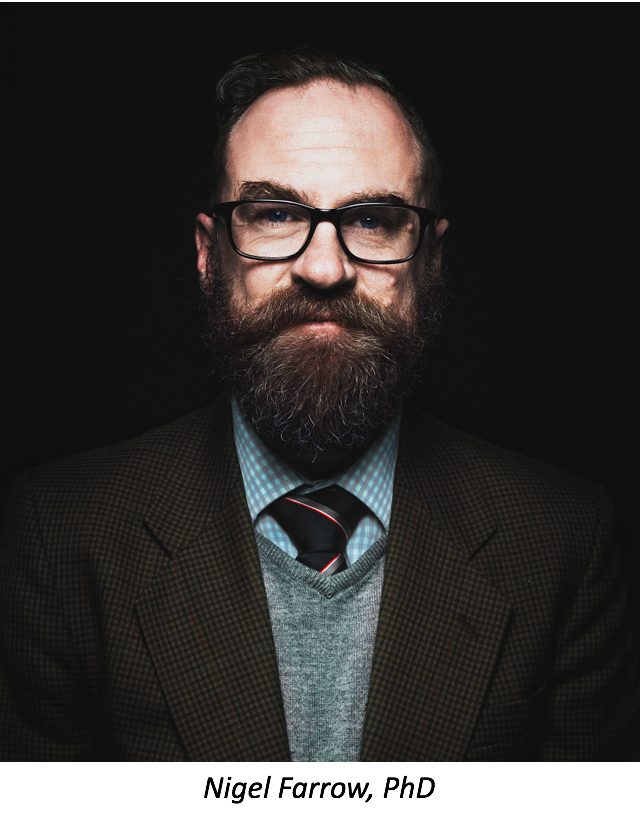Stem Cell Transplant Research Leads to Cystic Fibrosis Breakthrough
Investigators from the University of Adelaide, in Australia, have found that corrected and healthy airway stem cells can replace the ones that cause cystic fibrosis and combat the genetic disorder.

Investigators from the University of Adelaide, in Australia, have found that corrected and healthy airway stem cells can replace the ones that cause cystic fibrosis and combat the genetic disorder. In cystic fibrosis, an individual’s lungs and digestive systems become blocked by mucus, which can increase the risk for chest infections.
Currently, there is no cure for cystic fibrosis, but about 70,000 individuals around the world have the disease. Those who carry the disease—about 1 in 25 individuals, for example, in Australia—are not affected but can pass the disease onto their offspring. If both parents are cystic fibrosis gene carriers, their child could have a 25% chance of inheriting the disorder.
For their research, the investigators hypothesized that using similar techniques employed in bone marrow transplants used to treat immunodeficiency disorders would allow for success in disrupting the epithelial cell layer and, as such, they would observe effective transplantation of cultured stem cells in nasal airways. Airway disease, the study authors write, is a primary cause of morbidity and early mortality for patients with cystic fibrosis.
The technique the team used is successfully performed in more than 50,000 patients worldwide each year, they wrote in their study, which was published in Stem Cell Research & Therapy.
The investigators worked in mice models and harvested adult stem cells from the lungs of human cystic fibrosis patients. Then, the team corrected the genes using gene therapy and was eventually able to reintroduce them to the mice. They used gene markers to track the progress in the early parts of the study.
By doing this, the genes were then able to pass the healthy genes onto more cells, allowing for healthy cells to continue reproducing. In essence, the investigators found a way to circumvent and combat the onset of cystic fibrosis airway disease.
“The most surprising observation from the research was that the airway stem cells successfully transplanted into the airways 2 hours after the conditioning treatment,” study author Nigel Farrow, PhD, told Rare Disease Report ®. “We had expected the cells to transplant more successfully at the 24-hour post-conditioning treatment when the epithelium and cell debris is more fully removed.”
One individual with cystic fibrosis commented in a recent news release, saying that he has a special diet and additional drugs that help him digest his food.
“Exercise is really important, but as I regularly get chest infections, I have frequent hospital admissions, which inhibits my ability to exercise as much as I’d like,” Nathan, the patient, said in the statement.
The proof is here, the study authors wrote.
“The premise of this mode of cystic fibrosis gene therapy is that it would be able to prevent the onset of lung disease in young patients or halt disease progression in older patients with existing disease,” the study authors conclude. “Delivering a population of cells with stem or progenitor qualities would allow those cells to differentiate into the full range of cell types of the airway epithelium.”
By eventually perfecting this technique, the investigators believe they can significantly improve the lives of cystic fibrosis patients and fight the chronic illness.
“We are currently performing further studies to determine the mechanisms behind this and to improve it further,” Dr. Farrow continued. “The findings will not have an impact on clinical treatments immediately, however, the goal is to develop an airway stem cell transplantation protocol to prevent airway disease associated with cystic fibrosis.”